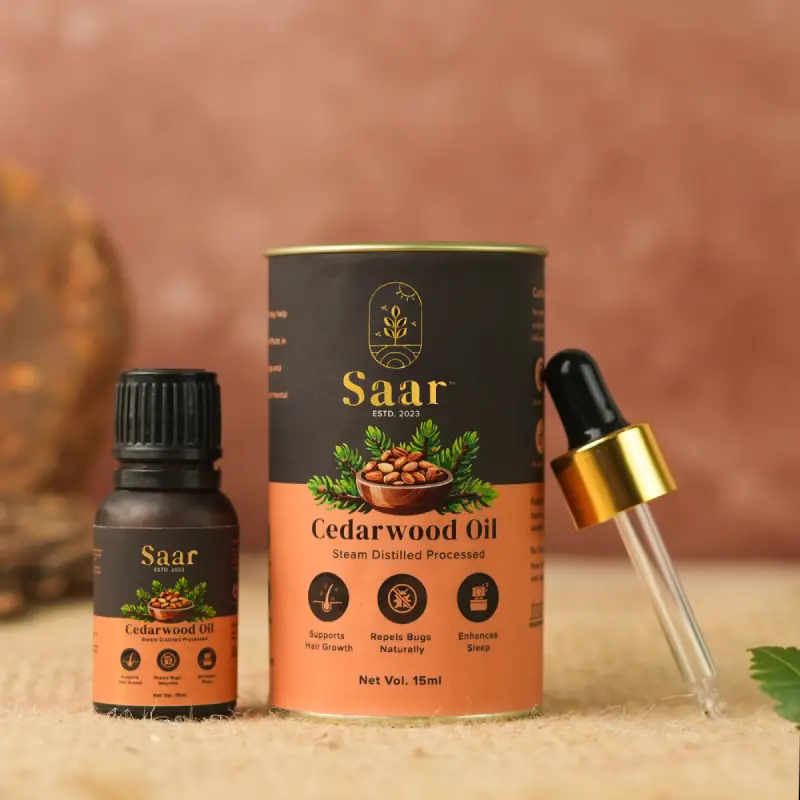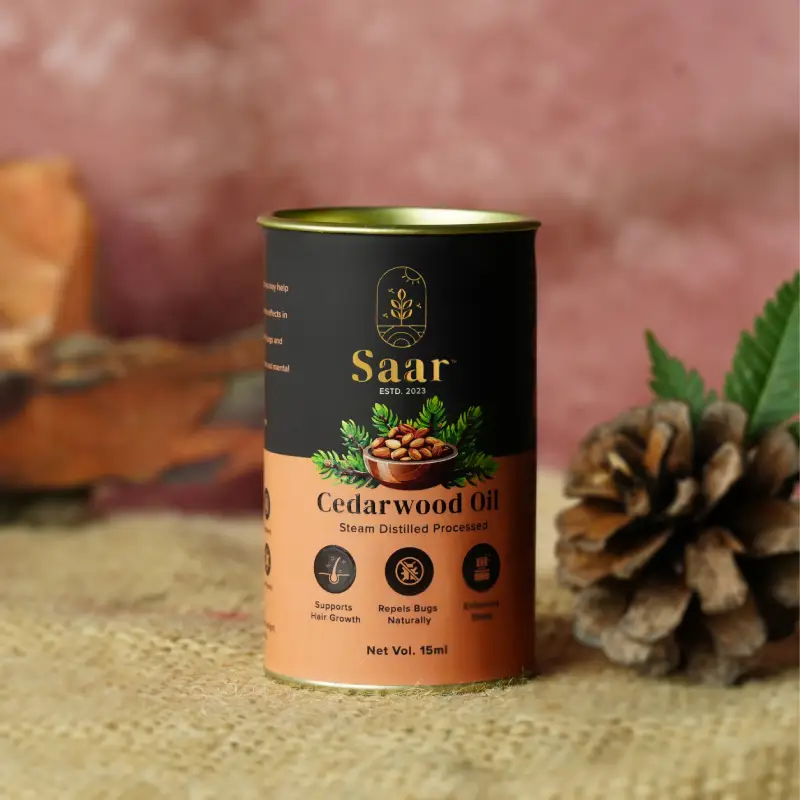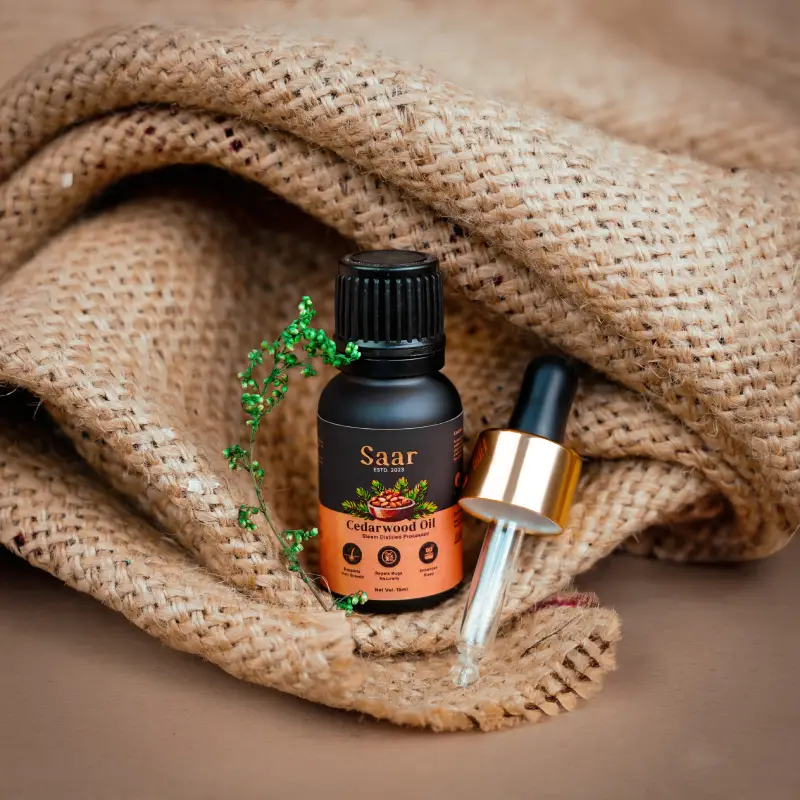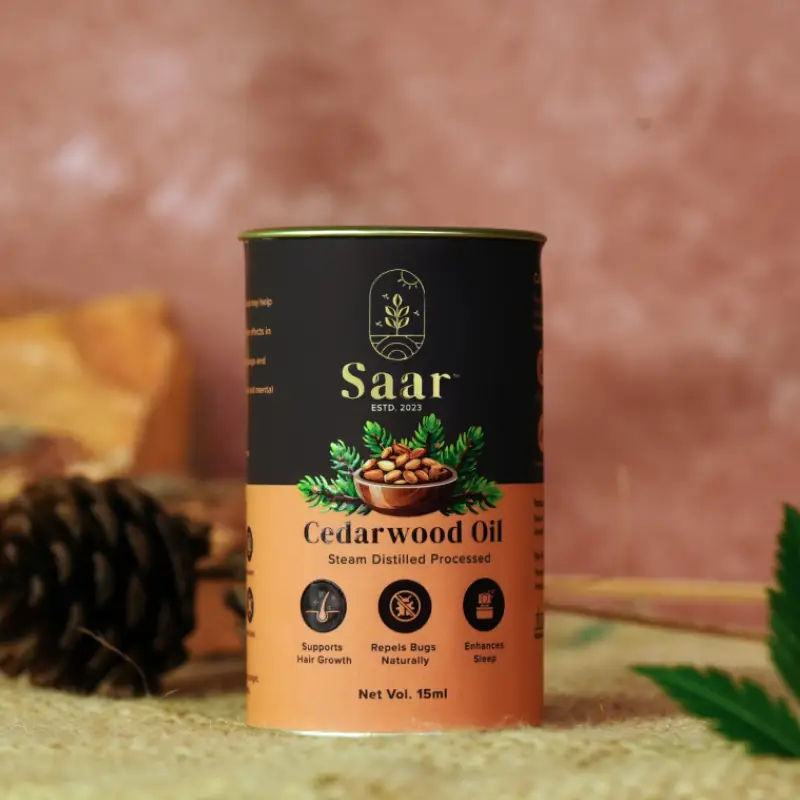Description
Cedarwood oil, also known as cedar oil, is an essential oil derived from various conifer species, particularly those in the pine or cypress families. It is primarily produced through distillation of the foliage, and sometimes the wood, roots, and stumps of trees after logging. While the characteristics of cedarwood oils may vary depending on the species, they all share pesticidal properties.
The most significant cedarwood oils are distilled from junipers (Juniperus) and cypresses (Cupressus), not true cedars, which belong to the pine family. Other species such as Platycladus, Taiwania, and Calocedrus also produce similar oils. A key compound found in cedarwood oil is cedrol, which contributes to its pesticidal effects and its characteristic aroma. Historically, cedar oil was used in ancient Egyptian embalming practices to protect bodies from insects.
Cedarwood oil contains a mixture of organic compounds, including cedrol and cedrene, which are not only responsible for its fragrance but also valuable to the chemical industry for creating fragrance derivatives. It is generally considered safe by the FDA when used as a food additive preservative. The U.S. EPA reports that cedarwood oil products, when used as directed, pose minimal risk to human health and the environment.
Beyond its use in perfumery, cedarwood oil is widely utilized in art, industry, and pest control, with its aromatic and pesticidal properties making it a versatile and valuable resource.
In modern use, cedarwood oil is popular in aromatherapy for its calming scent, and it is often used to refresh the aroma of natural cedar furniture. Its insect-repellent properties make it effective when applied to the skin or used in products like sprays and candles.
In India, oil from the deodar cedar (Cedrus deodara) has shown insecticidal and antifungal benefits, helping to prevent fungal deterioration of stored spices. It is also used traditionally to clarify emeralds, highlighting its diverse applications.
















